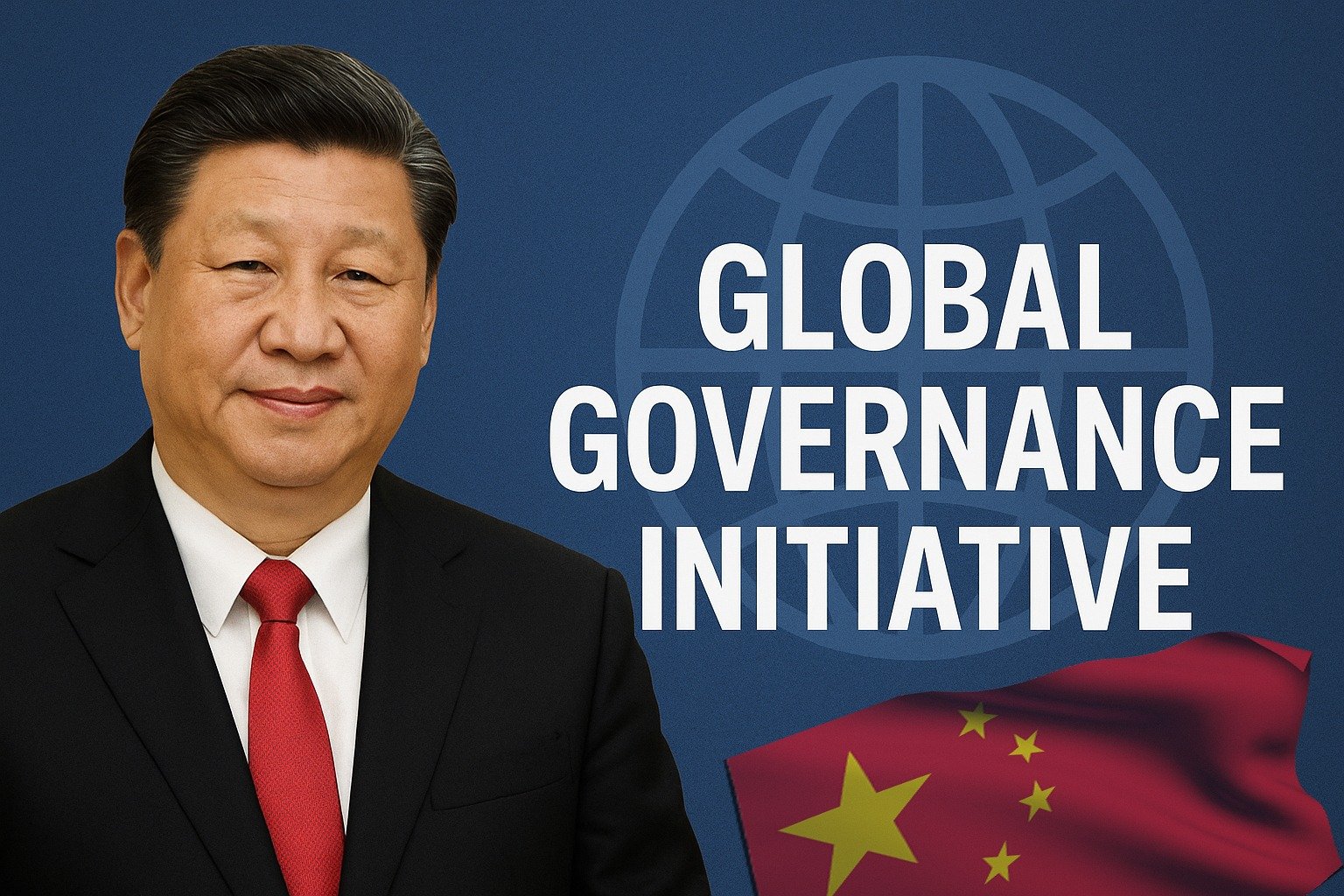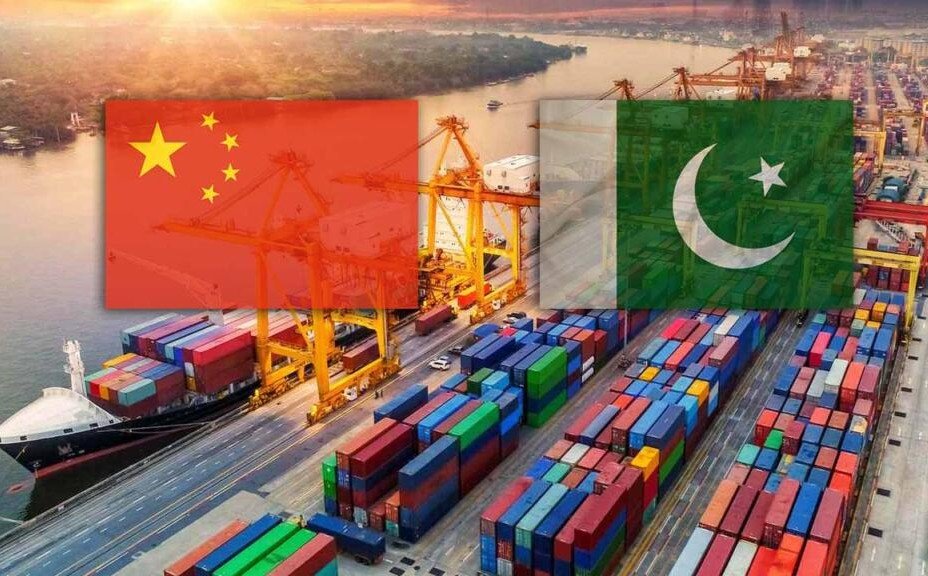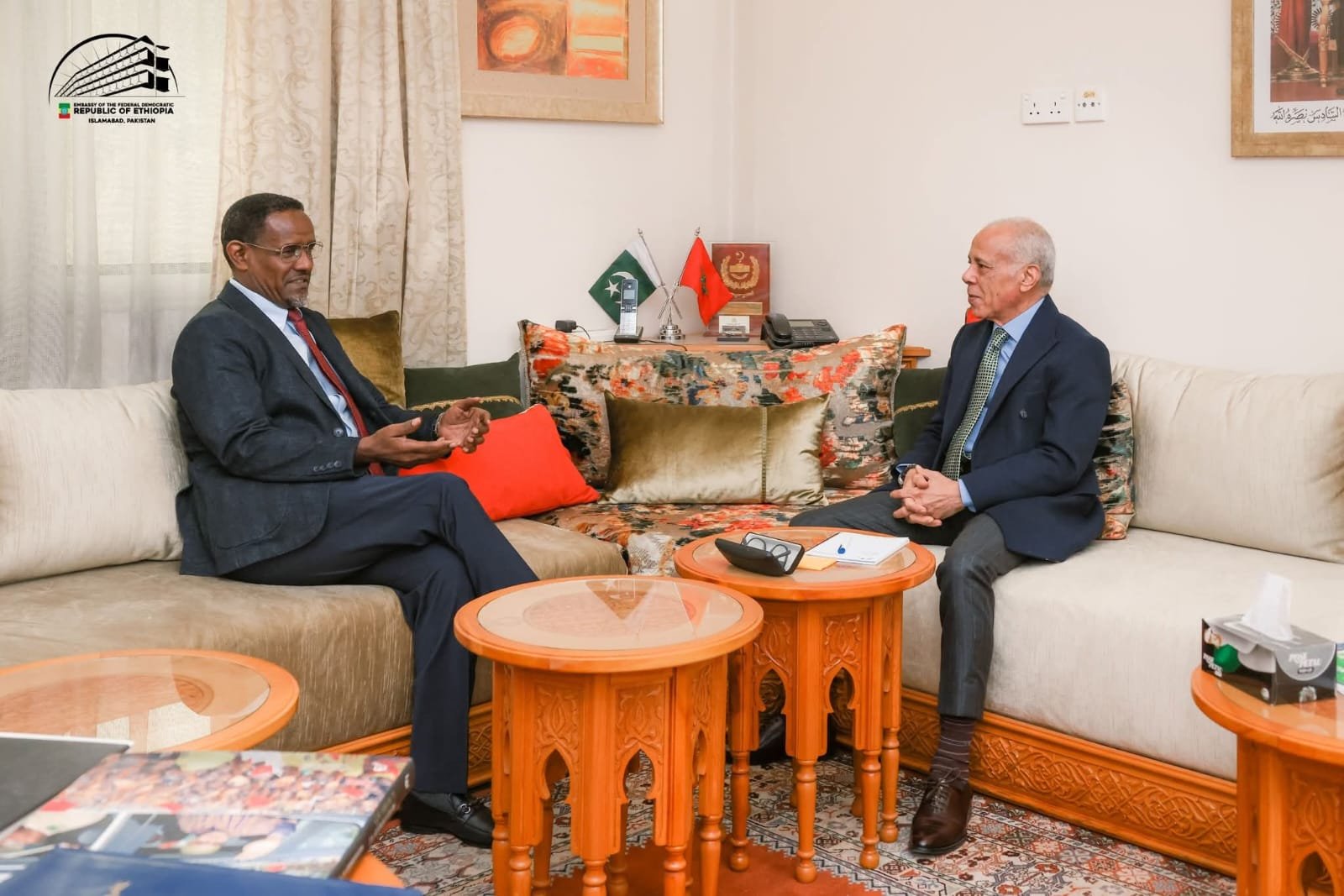This article is specially dedicated to valuable hard work of Technology Center Mingstad www.tcmda.com, solcellespecialisten AS and Skarpnes AS Norway.
The world today stands at a crossroads where the choices we make will determine the stability of our climate, the safety of our communities and the health of our economies for generations to come. Fossil fuels coal, oil and gas once seen as symbols of progress, now represent a mounting global challenge as their combustion releases vast amounts of greenhouse gases that heat our planet and amplify destructive weather patterns. This article seeks to unravel the scale of this problem by examining its physical causes, its human and economic toll and the accelerating pace at which natural and man-made disasters are reshaping lives. Drawing on real-world examples, scientific data and recent global statistics, it traces how our reliance on “cold fuel” has intensified storms, floods, heatwaves and fires across every continent. More importantly, it offers a comprehensive path forward, practical, equitable and grounded in global unity designed to not only slow the warming trend but to ensure that vulnerable nations with fewer resources are not left to face the devastation alone. Through both urgent action and collective responsibility, it outlines how humanity can preserve a habitable planet while building resilience against the threats already at our doorstep.
Beneath our feet lies a sleeping stove. Coal, crude oil, natural gas and other buried fuels what we might call “cold fuel” sit inert until we ignite them. When we do, the chemical energy stored for millions of years converts into heat, light, motion and crucially greenhouse gases: carbon dioxide, methane and nitrous oxide. Those gases do not simply vanish; they change the optical properties of Earth’s atmosphere so that more of the Sun’s energy is trapped as heat. The Intergovernmental Panel on Climate Change (IPCC) makes this plain: human activities have caused an increase in effective radiative forcing of roughly 2.7 W m⁻² since pre-industrial times and the warming that follows is not an accident but a direct physical consequence of altering the atmosphere’s composition.
The result of that altered balance is visible and painful. Heatwaves bake cities and kill people; heavy rainfall and storms overwhelm rivers and urban drains; rising seas, erode coasts and salt agricultural land, droughts shrink harvests and ignite wildfires. Between 2000 and 2019 major disasters floods, storms, heatwaves and droughts were recorded more than 7,300 times claimed about 1.2 million lives, affected over four billion people and produced roughly US$2.97 trillion in economic losses. These numbers are not abstractions but testimonies: entire towns under water, families displaced, schools and hospitals destroyed, livelihoods erased. In 2024 the pattern continued and intensified global weather-related losses alone reached about US$320 billion with insured losses also at historically high levels evidence that weather extremes driven or amplified by warming are already inflicting enormous human and financial cost.
Science is now able to ask a crucial question: how much of that harm is climate-driven? Cutting-edge attribution studies methods that compare the odds of an extreme event in the current warmed climate with those in a hypothetical world without human emissions show that a substantial share of the damage from extreme weather is attributable to human-caused climate change. A global synthesis estimated climate-attributed costs of extreme weather at roughly US$2.86 trillion for 2000–2019 which is an average of about US$143 billion per year. Put bluntly: a large portion of the disasters battering nations today is not “natural” in the sense of being unconnected to human activity; our cumulative emissions are shifting probabilities and intensities in ways that deliver more destructive outcomes.
If one asks whether it is the direct heat from burning fuels or the greenhouse-gas effect that warms the world most, the physics is clear. Burning the entire year’s supply of fossil fuels does produce a stupendous amount of energy but when that energy is averaged over the globe and time it amounts to only a few hundredths of a watt per square metre. By contrast, greenhouse gases change the planet’s radiative balance by watts per square metre orders of magnitude larger and persist in the atmosphere for decades to centuries. Thus the true lever of global warming is not so much the instantaneous heat released by combustion as the long-lived gases those fires vent into the sky. The warming they cause accumulates in the oceans, melts ice, alters circulation and produces the extremes people experience as unprecedented storms, record heat or failed monsoons.
The human toll is unequal. Vulnerability is shaped by geography, economy and institutional capacity. Small island states and low-lying deltas face existential threats from sea-level rise; many low-income nations in sub-Saharan Africa and South Asia confront escalating droughts and food insecurity; marginalized coastal communities lack the resources to build protective infrastructure or buy insurance. Wealthier nations often can repair, rebuild and insure however imperfectly while poorer nations frequently absorb the worst outcomes not least because their fiscal space is smaller, social safety nets are thinner and adaptation finance is limited. The consequences are not only local: when harvests fail, migration increases; when ports flood, global supply chains wobble; when energy systems fail, healthcare and services collapse so global interconnectedness turns local catastrophe into a cascading global problem. Reports from insurers, reinsurance markets and humanitarian agencies repeatedly underscore that losses are rising and that insurance markets are retreating from the highest-risk zones further exposing vulnerable populations.
Understanding the problem points fairly and precisely toward solutions. First, we must stop fuelling the hazard at its root, reduce greenhouse-gas emissions rapidly and deeply. That requires a worldwide accelerated transition from fossil fuels to low-carbon electricity and fuels. Phase-out plans for coal and a managed decline for oil and gas coupled with a massive scaling of wind, solar, geothermal and other renewables must be combined with electrification of transport, heating and industry. Efficiency measures and demand reduction better building insulation, less wasteful industry, changes in consumption and logistics stretch the impact of every clean megawatt we add. Where fossil fuels remain essential in the near term, their emissions can be lowered with carbon capture and storage (CCS) and by switching to lower-carbon feedstocks. These mitigation measures directly address the source of radiative forcing and over the medium term reduce the probabilities of the most extreme events. International institutions and national policies must drive this transition through technology support, predictable policy frameworks and carbon pricing or other fiscal instruments that internalize climate costs. The evidence from energy agencies and climate bodies shows that delaying action only raises the cost and deepens future vulnerability.
Second, because some warming and related impacts are already locked in by past emissions, adaptation is essential. Adaptation means redesigning human settlements, infrastructure and institutions to a new climate reality building flood defences, restoring wetlands and mangroves that buffer storm surges, upgrading drainage systems, hardening power grids and establishing cooling centres in cities facing more frequent heat extremes. It means changing agricultural practices, crop diversification, water-efficient irrigation, seed varieties adapted to heat and salinity and investing in the resilient infrastructure of food and healthcare systems. Crucially, adaptation must be locally led and rooted in community knowledge but backed financially and technically by international partners so that countries with the least resources can implement life-saving measures. Research and case studies repeatedly demonstrate that targeted adaptation, early warning systems and nature-based solutions reduce mortality and economic loss far more cheaply than the cost of post-disaster recovery.
Third, we must make finance flow to where it matters most. The rich countries that historically emitted the largest share of greenhouse gases should scale up climate finance for adaptation, mitigation and loss-and-damage mechanisms. This means not only grants but concessional loans, debt relief tied to resilience-building, insurance pools for extreme events and accessible climate services for smallholders and households. International funds whether via the Green Climate Fund, bilateral channels or dedicated loss-and-damage facilities must prioritise the most exposed nations, small island developing states, least developed countries and fragile states. Finance must be predictable and long-term so governments can plan infrastructure and social programs; short episodic funding after each disaster is necessary but insufficient. Recent scientific work and policy reviews argue for legal and financial frameworks to hold emitters and beneficiaries accountable and to channel compensation and assistance where evidence shows climate attribution to specific harms.
Fourth, build social resilience through governance, information and equity. Early warning systems that reach the poorest households, evacuation plans that account for mobility limitations and social protection systems that can scale payments during crises prevent deaths and reduce long-term impoverishment. Strengthening institutions land planning that avoids building in floodplains, building codes that resist cyclone winds and environmental regulation that maintains natural buffers reduces risk at the source. Transparency, community participation and equitable decision-making ensure that adaptation and mitigation do not reproduce social injustice, equity must be at the heart of policies because the costs of inaction fall hardest on those least responsible. Scientific assessments and disaster records show that countries that invest in preparedness and governance save both lives and money compared with repeated cycles of damage and rebuild.
Fifth, accelerate technology and knowledge transfer. Wealthier and more technologically advanced nations should actively share low-carbon technologies, renewable manufacturing, grid management, energy storage, resilient agriculture techniques and early-warning modelling with developing partners. Capacity building, training engineers, urban planners, emergency managers and agricultural extension workers creates durable local capability rather than temporary fixes. International cooperation that reduces patent barriers, subsidizes technology transfer and funds local education multiplies the impact of climate finance and ensures that solutions are adapted to local contexts. Practical pilot projects that scale locally have proven time and again to be more effective than generic blueprints from afar.
Sixth, reform the global financial and insurance architecture so risk is better priced and shared. As insurers withdraw from the highest-risk areas, governments and international institutions must step in with backstops, public insurance pools and risk-sharing arrangements that prevent communities from becoming uninsured and destitute after a single catastrophe. Meanwhile, integrating climate risk into sovereign debt assessments and corporate reporting will push capital toward resilient investments and away from stranded-asset risk. When the full economic and social cost of activities is accounted for, markets and planners will make safer and more sustainable choices. Industry and public finance can create incentives for low-carbon, resilient, development and economic tools must reflect physical realities.
All these changes will require international unity and a moral stance: wealthy nations must accept responsibility for historical emissions and the disproportionate burden they have foisted on vulnerable countries. Practical solidarity means scaling up adaptation funding, technology transfer and debt relief and it means a transparent mechanism for assessing loss and damage that channels resources where attribution and need intersect. It also requires placing affected communities at the center of planning so investments reflect lived priorities, secure housing, reliable water, resilient crops rather than technocratic choices detached from local realities. Where legal frameworks enable there will also be an increasing case for liability and corporate accountability for firms whose emissions can be scientifically connected to specific harms; recent research provides tools to trace damages back to major emitters and to inform policy responses.
The arguments above might sound like a long list of political and technical reorganizations and in truth they are. But they stem from a simple scientific logic: reduce what forces the climate system toward more heat (mitigation), reduce exposure and vulnerability to the new norms of weather (adaptation) and share the burden of those who must bear the cost but have little capacity to pay (finance and equity). The immediate benefits of action are large and tangible cleaner air, more stable energy prices in the long run, fewer disaster deaths and reduced economic shocks while inaction compounds costs and risks into a future that is harder to govern. Recent data on disasters, insurance losses and attribution analyses are not just alarming; they are invitations to choose a different path.
To governments, I would say: set clear decarbonisation timetables with near-term targets, back them with policy certainty (pricing, regulation, standards), invest in resilient infrastructure now and ensure that budget support, loans and aid prioritize the countries and communities with the least capacity to recover. To the private sector: price climate risk into investment decisions, divest from the slow-moving fossil assets and finance resilient supply chains. To international institutions: make climate finance predictable and catalytic, support loss-and-damage mechanisms and push for technology transfer that is real not just a slogan. To citizens and communities: press leaders for fair urgent action, prioritize local resilience measures and accept that some lifestyle shifts and civic policies are necessary to protect common goods. Each actor has a role as the scale and pace of change required demand action from all.
We are neither helpless nor without recourse. The physics of climate are unforgiving but understandable; the policy tools to cut emissions, to build resilience and to fund the most vulnerable already exist. What remains is the will, a political commitment to act collectively, equitably and swiftly. If nations and peoples bind themselves to that task, we can arrest the worst trajectories, save lives, preserve livelihoods and leave to future generations a world that while different, remains habitable and full of opportunity. If we fail, disasters will not only be more frequent and costly: they will deepen global inequality, erode trust and inflict irreversible losses on cultures and places that cannot be replaced. The choice is ours: act now.
Yet, as we chart a way forward, it is essential to recognise and respect the position of fuel-producing nations. These countries have long supported the global economy with their resources and for many, oil, coal and gas are pillars of national income. A fair and intelligent transition must ensure their economies are not harmed or left behind. Instead of forcing abrupt economic shocks, the global community should create a financial and developmental support pool funded by international consensus that offers these nations real opportunities to diversify. This means targeted investments, trade concessions and technology partnerships that help them develop new industries from renewable energy manufacturing to advanced agriculture, tourism or technology services. Such a balanced and peaceful approach turns the transition into a win–win: cutting global emissions while preserving economic stability and dignity for those whose livelihoods have been tied to fossil fuel production. In the past, attempts to solve big problems often created new ones or helped some while hurting other nations. This time under a doctrine of wisdom we can choose knowledge based solutions that work for all leaving no nation behind.
As a conclusion, the path to stability rests on three linked priorities. First, cut emissions at the source speed up the shift from fossil fuels to clean energy, improve efficiency and capture carbon where possible. Second, adapt to the changes already locked in fortify cities, safeguard water supplies and design agriculture for a warmer less predictable climate. Third, share the burden fairly through predictable climate finance, equitable technology transfer and strong cooperation that prioritises the most vulnerable.
If governments commit to realistic timelines, the private sector invests in resilient, low-carbon solutions and citizens push for responsible policies, we can cool the climate while building economies that are sustainable, stronger and fairer. The challenge is immense but the tools and knowledge to meet it already exist. What remains is the will to act not for some but for all so that future generations inherit a planet not in crisis but in balance.

Tahir Mahmood is a renowned expert in the field of counter-radicalisation, known for his extensive work with various governments to solve complex challenges through knowledge based methods and out of box solutions.

Renowned expert in the field of counter-radicalisation, known for his extensive work with various governments to solve complex challenges through knowledge based methods and out of box solutions.










